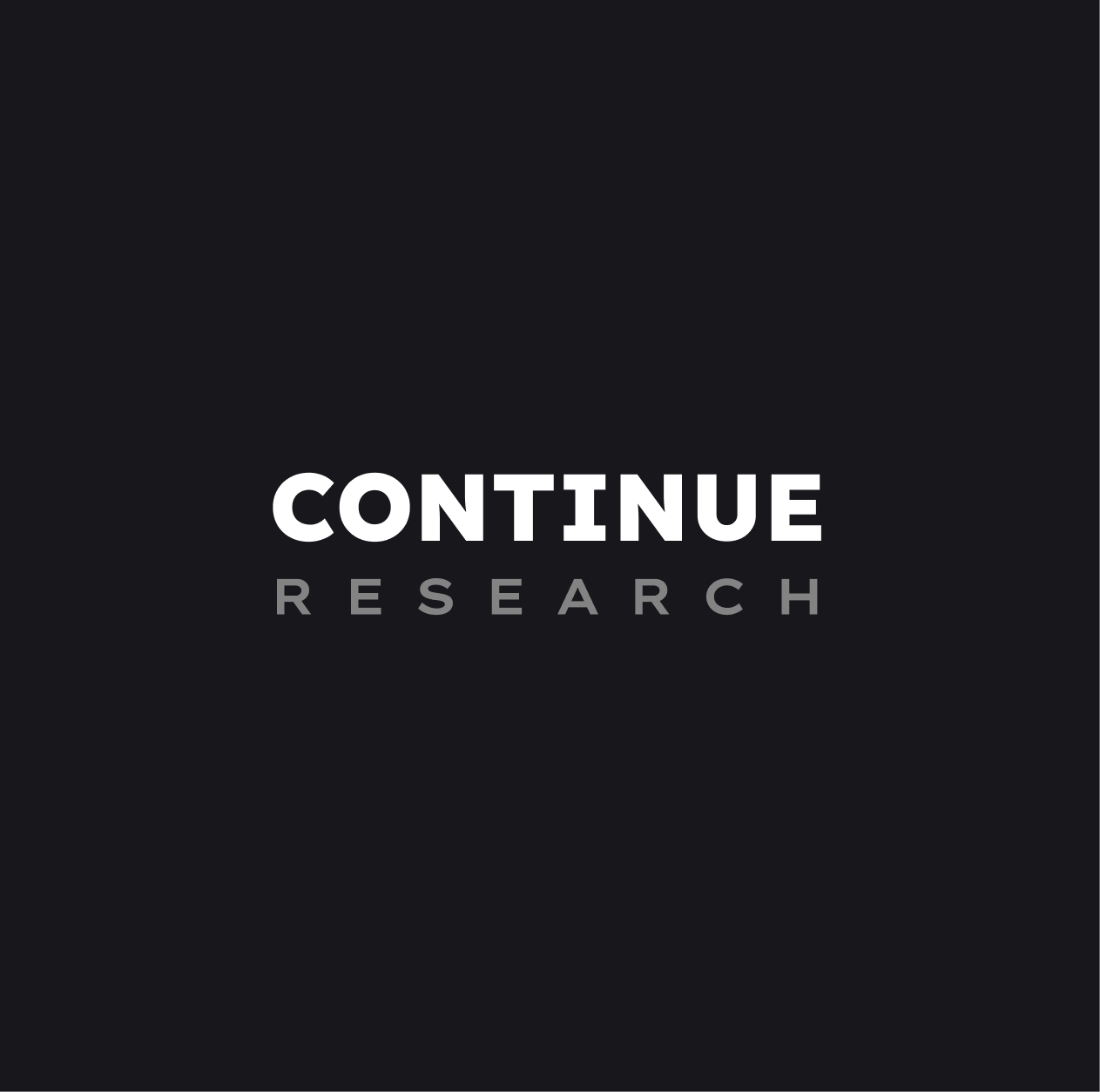Commercial software has an inherent conflict of interest between doing what’s best for the user and doing what profits the author the most. Eventually, most commercial projects slide to the “profit” side of this scale. That’s how we get the famous concept of “enshittification” . That’s everywhere nowadays.
Non-profits vs FOSS
From the user’s point of view, the solution is simple: using non-commercial software whenever possible. Its creators won’t try to profit at your expense. They don’t pursue profits! This prevents enshittification by design.
This effect is often attributed to free and open-source software . FOSS has many great qualities, but this isn’t actually one of them. 1
Open source by itself doesn’t guarantee that a project is non-commercial. Sometimes, the creators still (understandably) try to profit from their work. For example, by having an open-core business model. If they have a business model, the same conflict of interest comes up again.
The best case is when a piece of software is FOSS and maintained by a non-profit organization with a clearly defined mission statement. If the executives turn their backs on the mission and pursue profits instead, they can be sued. 2
One such organization is KDE e.V. - the organization that manages the KDE projects .
KDE Plasma is so much better than Windows and MacOS desktops at this point 3. That’s despite not having nearly the same level of corporate backing! It’s not even funny 4. And it’s free to use and modify, meaning that it also fosters an ecosystem of variations, such as the current SteamOS desktop used in Valve’s Steam Deck . These variations can be created quickly and cheaply, reusing the same battle-tested technical foundation. Everyone wins.
Rewarding the maintainers
Open source reverses the equation and benefits the user at the expense of the author. When open-source maintainers don’t profit from their work, being a maintainer becomes very hard and unsustainable. That’s a known problem. You could call that “a conflict of interest” too.
We can solve this one too. Don’t hesitate to donate to your favorite projects! You’re investing in your own future. You’re investing in the quality of the tools that you use every day.
This quality can be sustainable! It’s not just a beautiful pipe dream. It’s already the reality today, and has been for a long time. KDE is 28 years old. Blender is 31 years old. Linux is 33 years old. These non-commercial FOSS projects keep evolving and delivering massive value, powering more and more of the digital infrastructure that we use.
There are only 5-10 proprietary apps left across my entire desktop system. Note that I use it for many “advanced” tasks, such as professional software development in a remote work environment, amateur music production, video editing, digital hoarding, note taking, dealing with legal (and other) documents, and syncing all of that to the cloud (which is FOSS too ).
KDE in particular improves my life so much that I voluntarily donate 5$/month without ever questioning whether it’s a “justified” subscription. Don’t try to “save the world”. Start with a small, “insignificant”, unquestionable sum.
Regular SaaS startups manage to survive on comparable sums, after all.
- “In the long run, GPL code becomes irrelevant” (as does properietary code. Follow the link for details)
Interesting ideas of alternative, FOSS-adjacent licenses or monetization strategies:
- “Introducing Sponsorware: How A Small Open Source Package Increased My Salary By $11k in Two Days”
- “Alternatives to Open Source”
Discuss
« PrevMy Take on LLMs for Coding Next »
Why Being a Battery in the Matrix Is Bad
.png)




